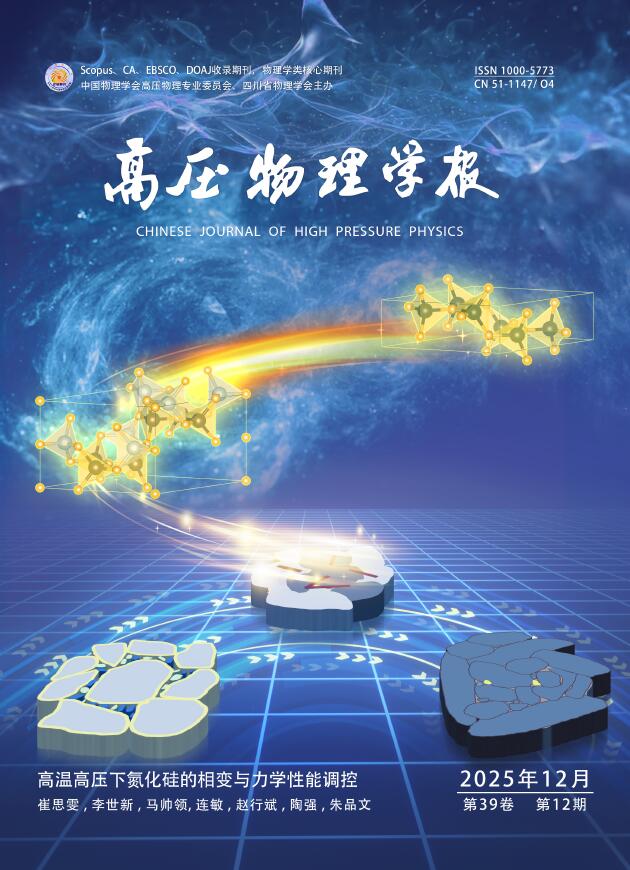, Available online , doi: 10.11858/gywlxb.20251108
Abstract:
Due to its excellent mechanical properties, aluminum alloy has significant engineering application value in aerospace, ship engineering, new energy, and electronic devices. However, during its service, it often needs to withstand dynamic impact loads. Studying its mechanical response behavior under high strain rate conditions has important theoretical and practical significance for engineering applications. This study takes 6061 aluminum alloy as the research object and conducts in-depth research on its static and dynamic mechanical properties and ballistic response characteristics through systematic experimental tests and numerical simulations. The experimental results show that within the strain rate range of 0.001 - 3800 s-1, 6061 aluminum alloy exhibits a significant strain rate strengthening effect. The flow stress increases significantly with the increase in strain rate, by 18.5%. However, its strain hardening behavior remains relatively stable under different strain rate conditions. The parameters of the Johnson-Cook constitutive model calibrated by the least square method can accurately describe the mechanical response of the material under different strain rates. The ballistic experiment results show that the ballistic limit of a spherical projectile penetrating a 6061 aluminum alloy target plate is 282.6 m/s, and the residual velocity has a good linear relationship with the incident velocity under the super-ballistic limit condition. The failure morphology analysis of the target plate reveals that its failure mode is related to the impact velocity: at low impact velocities, the main failure mode is overall deformation dominated by composite stress, while at high penetration velocities, it is mainly local shear failure. The finite element model established successfully reproduces the ballistic response and failure mode observed in the experiments, with an error of less than 5%, verifying the reliability of the fitted constitutive model parameters and numerical methods. Using an experimentally verified finite element model, the ballistic responses of spherical projectiles of different diameters penetrating a 6061 aluminum alloy target plate were studied. When the projectile diameters were 10mm, 8mm, and 6mm, the ballistic limit velocities of the target plate were 283m/s, 392m/s, and 443m/s respectively. Therefore, under the condition that the thickness of the target plate remains unchanged, the higher the projectile mass, the greater the ballistic limit velocity of the target plate. This study provides important theoretical basis and experimental data support for the engineering application of 6061 aluminum alloy under impact load conditions.




 PDF
PDF  Cited by
Cited by HTML
HTML










